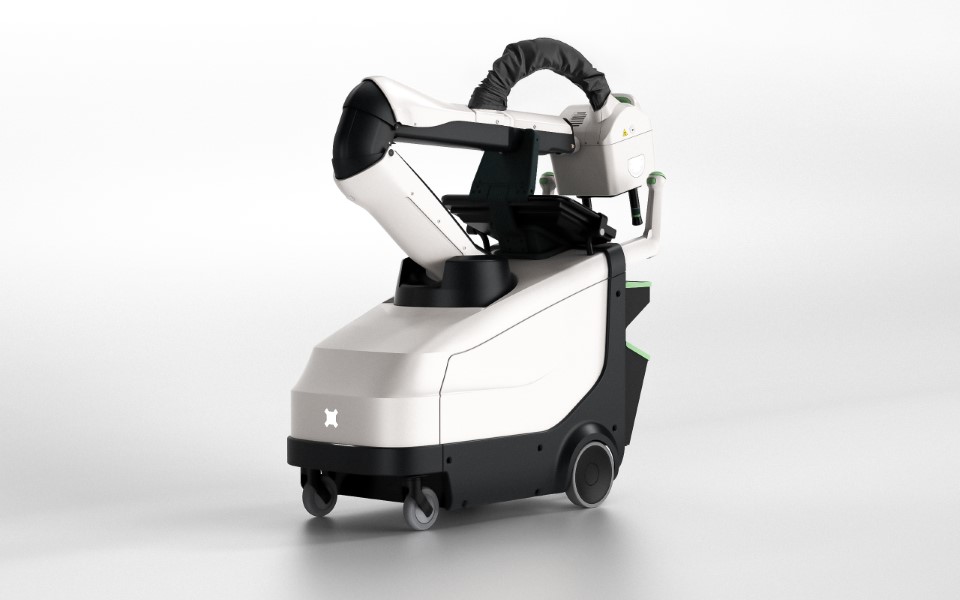

The old Mitsubishi logo is easy to make out in the middle of the floor. It’s a little faded and the concrete around it a little cracked, but it’s unmistakeable all the same.
These days there aren’t too many other obvious signs to remember that this was once the epicentre of automobile manufacturing in southern Adelaide.
Now, rather than the buzz of machinery, there’s the hum of quiet conversations from the nearby cafes, where a group of students, workers and tradies line up for the morning coffee.
About 100m down, beneath the high ceilings and concrete floors that once housed production lines of car workers producing state-of-the-art Mitsubishis, TAFE students train on cranes and scissor lifts. A short stroll nearby finds a small group sitting around the indoor garden for what appears to be an impromptu meeting.
It’s a calm and relaxed environment on this very brisk winter morning. But it’s inside the walls of the nearby open plan glass and modern steel buildings, which border the wide open courtyards, where the real action is taking place.
A short stroll to a modern, glass-faced office nearby and you enter a business that’s making mobile X-ray units being used on the frontline of conflict in Ukraine.
The same crew is making cameras that can spot bombs through suitcases, has a contract to put mobile CT scanners in ambulances to help stroke victims, and has airport check-in technology so advanced that it has been picked up by the US Department of Homeland Security and will be installed in at least one US airport.


The newly updated Rover Mobile DR X-ray system will be launched at the Radiological Society of North America (RSNA) Annual Meeting in Chicago this November, building on Rover's proven strengths in lightweight, motor-free mobile imaging.


Ahead of World Stroke Day on October 29, Stockhead’s host Fraser Palamara spoke with Australian Stroke Alliance co-chair Professor Stephen Davis about the massive global impact of stroke and the technology reshaping how it’s treated.

Chief Scientist and CEO Americas Brian Gonzales will present Micro-X's Nano Electronic X-ray Technology: Current and Future Clinical Applications on Thursday October 1 at the World Congress on Medical Physics and Biomedical Engineering in Adelaide, South Australia.

Micro-X creates revolutionary X-ray technology to better lives.
Our Purpose
Find out how Micro-X is creating new opportunities for industries across the world.
Find out more
They’re the visionaries and innovators behind our X-ray technology, products, culture and ethos.
Meet the team